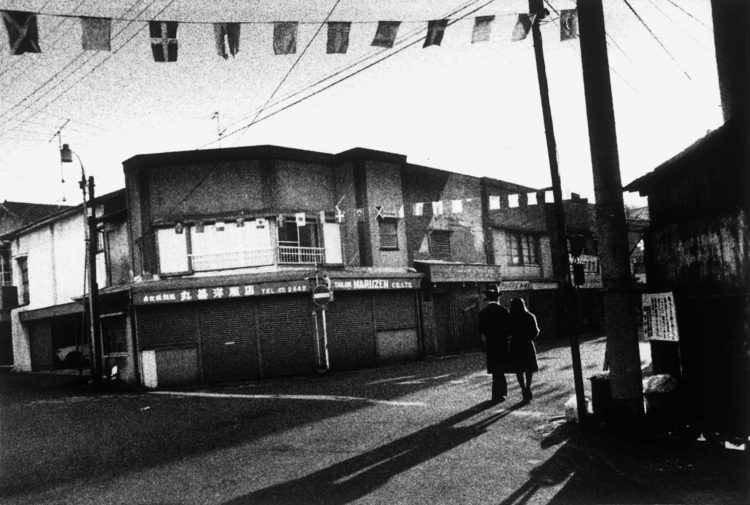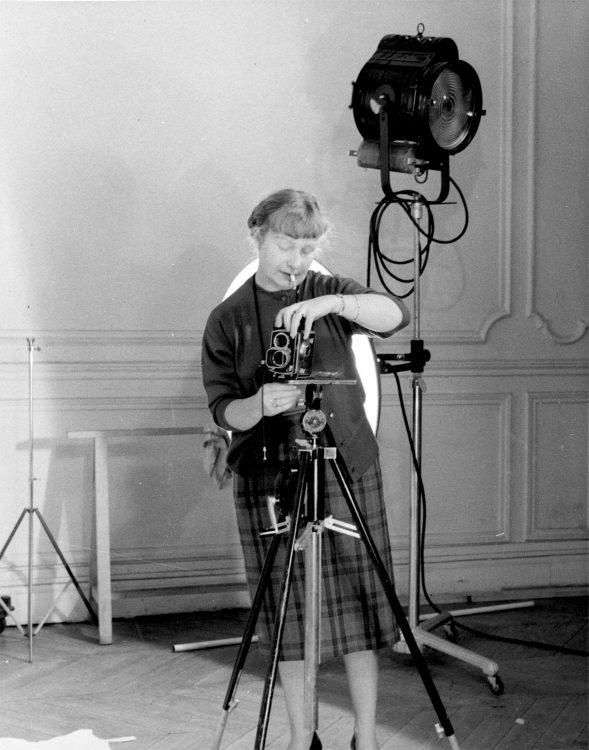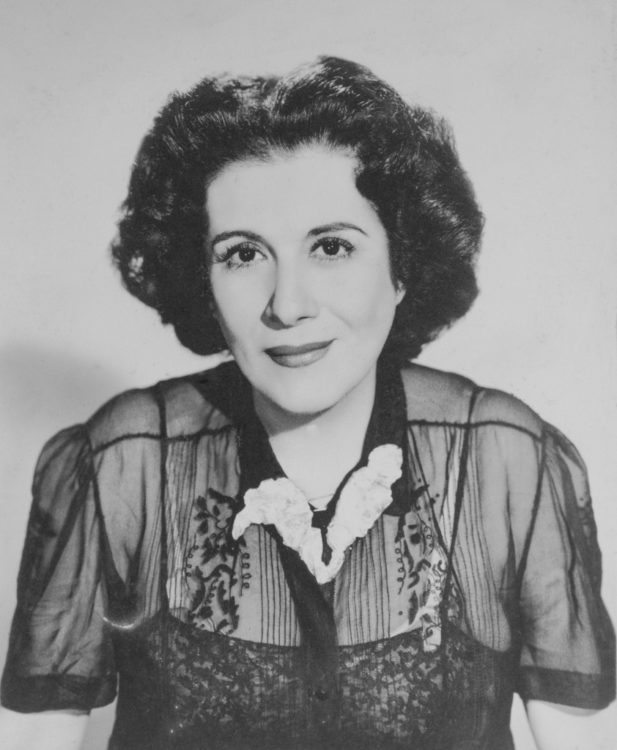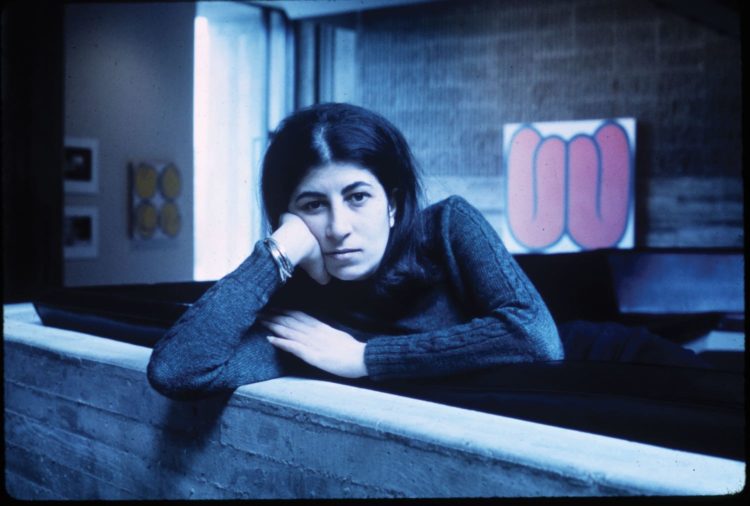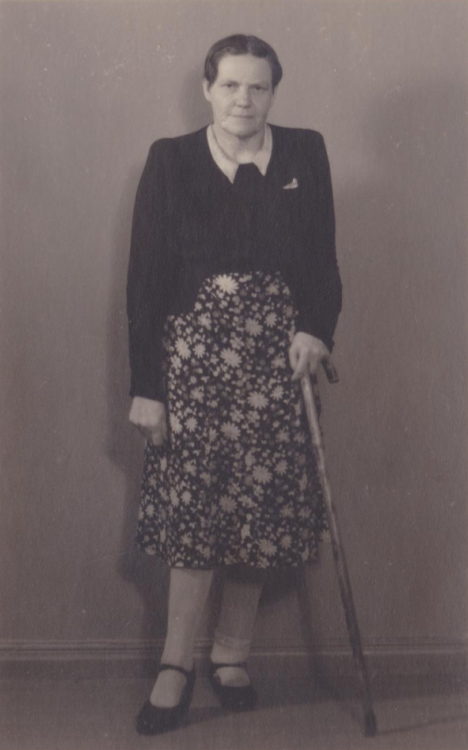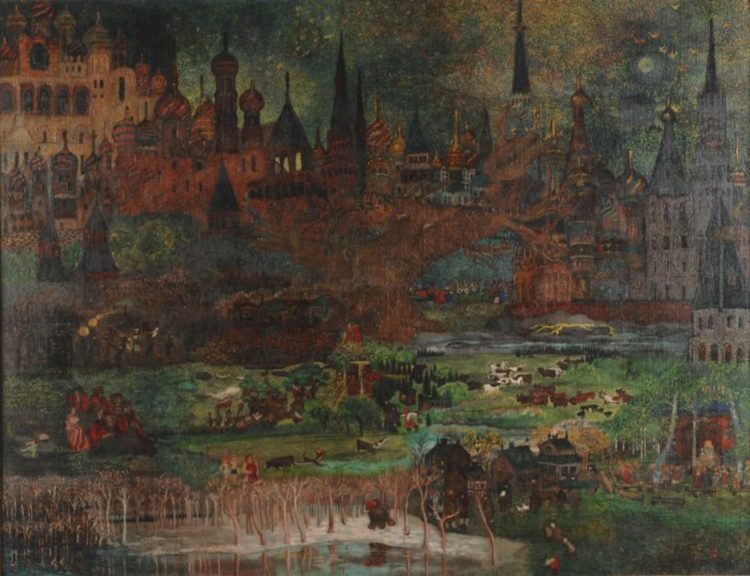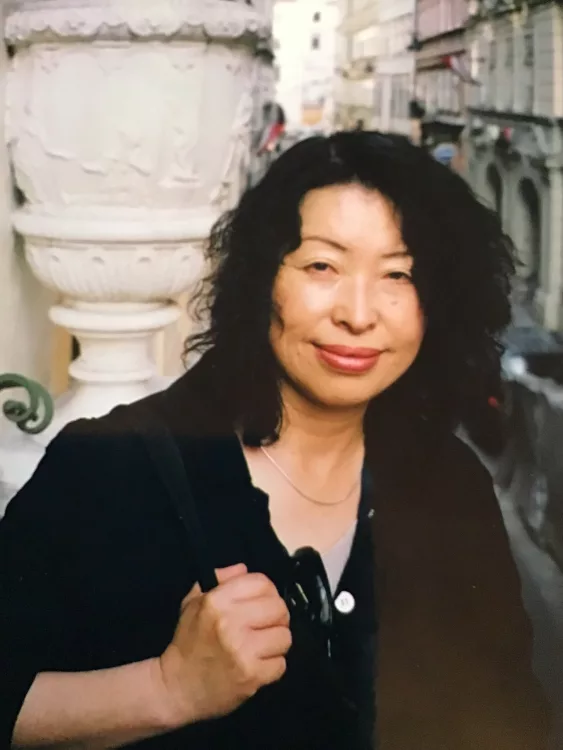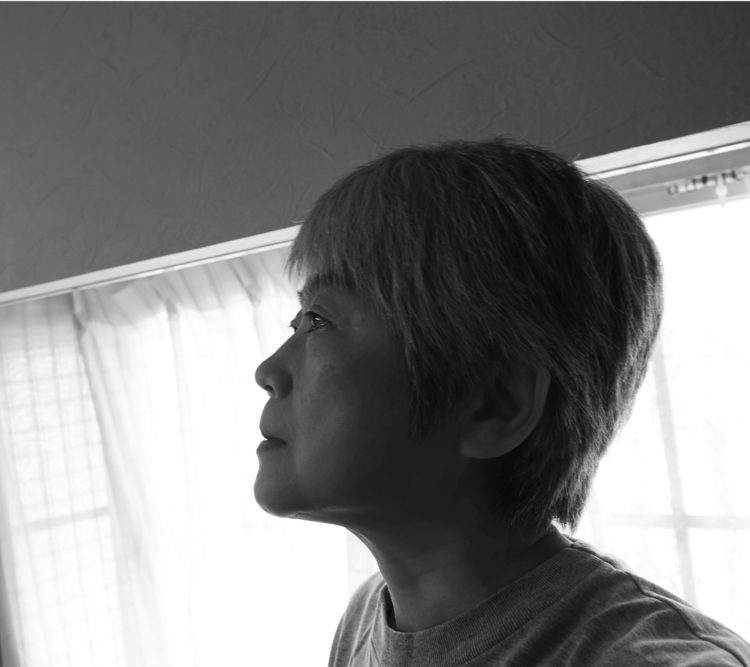Kunié Sugiura
Sugiura, Kunié, Index and Footprints, Kyoto, ed. ART OFFICE OZAKA, 2021
→Sugiura Kunié: Aspiring Experiments/New York in 50 years, exh. cat., Tokyo Photographic Art Museum [24 July–24 September, 2018], Tokyo, ed. Tokyo Photographic Art Museum, 2018
→Kunié Sugiura, New York Art, New York Artist: Bijutsu-techo Art Report 1986-2008, Tokyo, ed. Bijutsu Shuppan-sha, 2013
Kunié Sugiura, Alison Bradley Projects, New York, 7 March–10 May, 2023
→Sugiura Kunié: Aspiring Experiments/New York in 50 years, Tokyo Photographic Art Museum, 24 July–24 September, 2018
→For a New World to Come: Experiments in Art and Photography, Japanese Art and Photography 1968–79, The Museum of Fine Arts, Houston, 7 March–12 July, 2015/Grey Art Gallery, New York University, 11 September–5 December, 2015/Japan Society, New York, 9 October, 2015–11 January, 2016
Japanese photographer.
Kunié Sugiura moved to Chicago in 1963 and received her BFA from the School of the Art Institute of Chicago (SAIC) in 1967. At SAIC she studied under a photographer in the New Bauhaus school, Kenneth Josephson (b. 1932). At the time there were few people who had chosen photography as their mode of artistic expression, but Sugiura decided on this medium, and her multifaceted explorations in photography have continued up until the present day. After graduation, she moved to New York City and experimented with colour photography in the 1960s, combined acrylic paint with photography on canvas in the 1970s along with the contemporary Pop artists, and in the 1980s began producing photograms created without a camera in a darkroom, generated by physical contact with the everyday objects found there. This process seems to have contributed to establishing her unique style, in which the materiality of photography and the abstracted image are able to come together in an artwork.
When Sugiura began using flowers as motifs for her photogram works in the late 1980s, they were met with negative reactions, accused of being clichéd and decorative. Sugiura herself, however, found it interesting that she could get flowers at the market cheaply, meaning that they were consumer objects used as Pop Art motifs. At the same time, Sugiura regarded them as reproductive organs that had both stamens and pistils, in addition to being symbolic representations of Japanese aesthetic concepts like fragility and ephemerality. This approach, which treated flowers as objects for photograms, led to her series “Botanicas,” (1989) “Cut Flowers,” (1990–1999) and “Stacks,” (1990–1999) which she showed at the group show New Photography 13 in 1997 at the Museum of Modern Art in New York alongside works by Rineke Dijkstra (1959–), An-My Lê (1960–), and Vik Muniz (1961–). Following the exhibition, MoMA acquired these works.
During her early career, Sugiura did not regard her art as a medium for her political message, in spite of the fact that her loft used to serve as a base for an extremely radical feminist group called Redstockings, formed by Ellen Willis (1941–2006) and Shulamith Firestone (1945–2012) in 1969. Rather than incorporating direct political messages into her works, Sugiura was of the opinion that dealing with her own sensibilities and memories could lead to a society free of racism and sexism. While it may sound anachronistic, in the 1960s “Sugiura’s Cko” resonated with post-humanist perspectives and the cyborg feminism of Donna Haraway (1944–). In the series, human bodies, in many cases female, were depicted as if they had been trees, flowers, beans, seeds and plant cells. These deformed bodies were not objectified, but were instead made to show their own organic energy and relationship with the world through a faint red colour in these photographs. Her interest in intermingling the forms of the human body and nature can also be seen in the more recent series “Artists / Scientists / Boxing Papers and Intimate” series (1999–) and “DG Photocanvas” (2015–).
A major solo show, Sugiura Kunié: Aspiring Experiments / New York in 50 Years, was held in 2019 at the Tokyo Photographic Art Museum and she received the 23rd Higashikawa Prize, the Domestic Photographer Award in 2007.
A biography produced as part of the “Women Artists in Japan: 19th – 21st century” programme
© Archives of Women Artists, Research and Exhibitions, 2024











